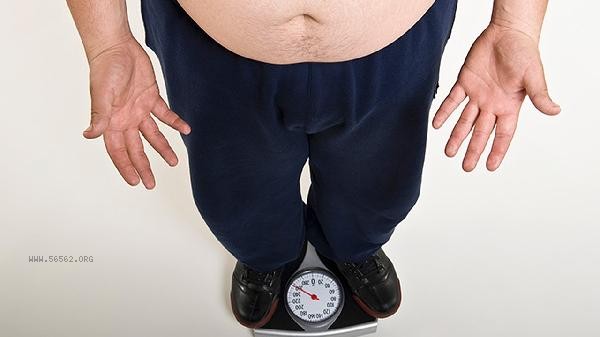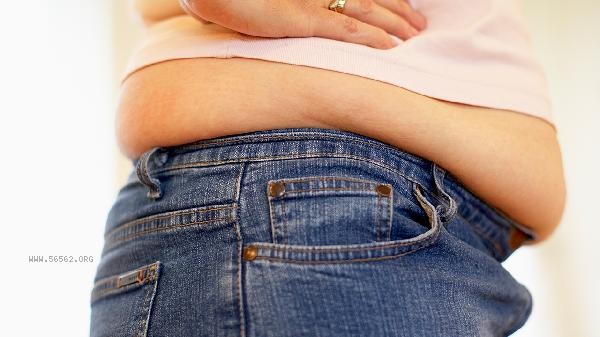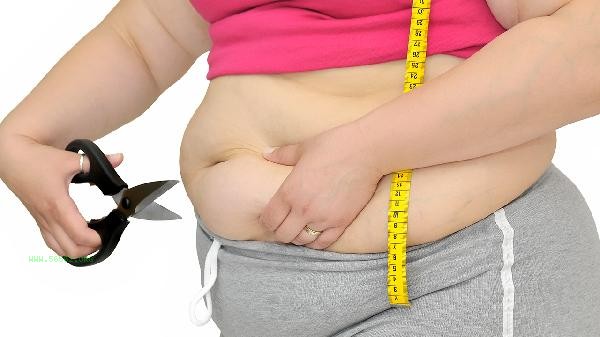During the bottleneck period of weight loss, breakthroughs can be made by adjusting dietary structure, changing exercise patterns, optimizing daily routines, managing psychological stress, monitoring physical data, and other methods. The bottleneck period is usually caused by metabolic adaptation, muscle growth, and reduced calorie deficit.

1. Adjust dietary structure
Increase protein intake ratio appropriately, choose high-quality protein such as chicken breast, fish and shrimp, and reduce refined carbohydrates intake. Adding vegetables and fruits rich in dietary fiber, such as broccoli, spinach, apples, etc., can help prolong satiety. Avoid hidden calorie intake, reduce seasoning sauces and processed foods.
2. Changing the exercise mode
Breaking through physical adaptability requires adjusting the type and intensity of exercise. Increase the proportion of resistance training to promote muscle growth, and use high-intensity interval training to improve metabolic levels. Try new forms of exercise such as swimming and skipping rope to stimulate different muscle groups, and the weekly exercise plan should include alternating combinations of strength and aerobic exercise.
3. Optimize sleep schedule
Ensure 7-8 hours of high-quality sleep per day, with the peak secretion of growth hormone occurring during deep sleep. Avoid staying up late which can lead to elevated cortisol levels and establish a regular sleep routine. Take a 15-20 minute nap during lunchtime to help relieve fatigue and regulate metabolism.

4. Managing Psychological Stress
Long term calorie restriction may activate the body's stress response, reducing stress through meditation, deep breathing, and other methods. Set reasonable phased goals to avoid excessive focus on short-term weight fluctuations. Record diet and exercise habits, and replace subjective anxiety with objective data.
5. Monitor body data
Regularly measure changes in body fat percentage and circumference, and muscle growth may offset weight loss. Use food scales and sports wristbands to accurately record intake and consumption, and discover potential adjustment space. If necessary, conduct professional body composition testing to obtain more accurate metabolic assessments. Breaking through the weight loss plateau period requires comprehensive lifestyle adjustments, maintaining a balanced diet and moderate calorie intake. The exercise plan should include diverse training content and pay attention to balancing work and rest to avoid excessive fatigue. It is recommended to drink at least 2000 milliliters of water per day and supplement with complex vitamins and minerals appropriately. It is recommended to measure changes in the body at a fixed time each week and focus on long-term trends rather than daily fluctuations. If there is no improvement for more than two months, you can consult a professional nutritionist or fitness coach for personalized program adjustments.









Comments (0)
Leave a Comment
No comments yet
Be the first to share your thoughts!